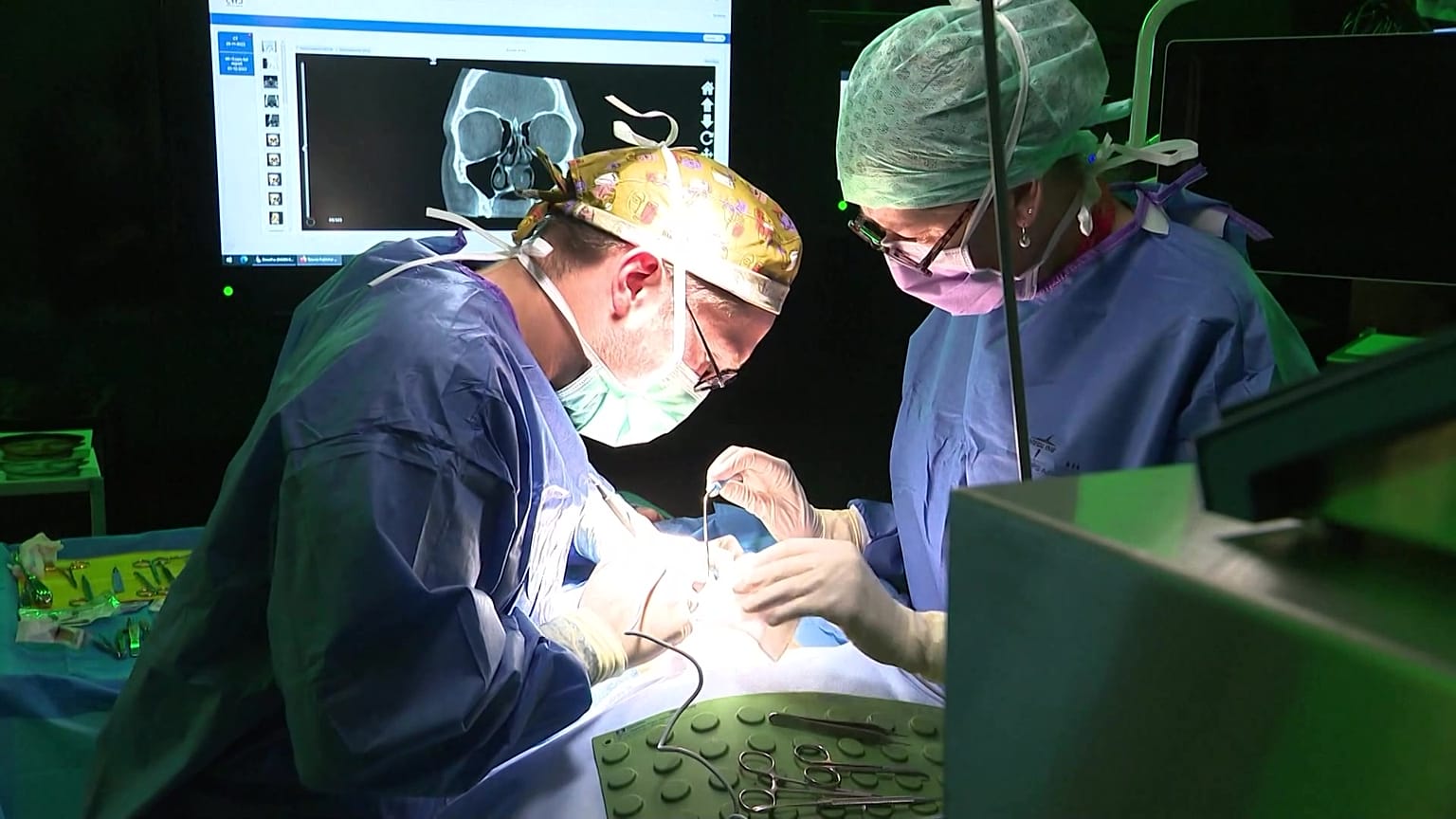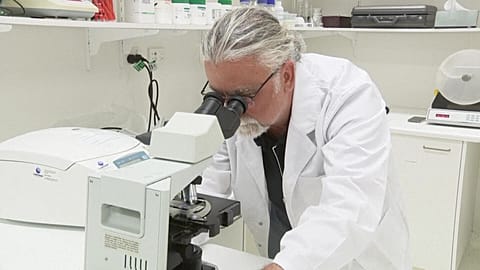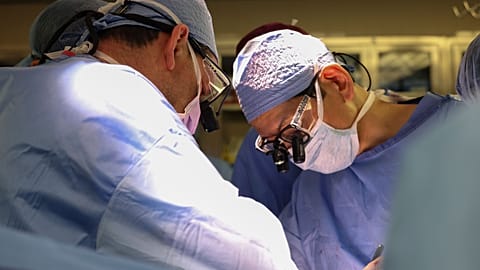Doctors are treating people in Belgium who present with serious nose problems due to cocaine use.
More people in Belgium are arriving at clinics with serious lesions in their noses amid rising cocaine consumption, doctors say.
The ear nose and throat (ENT) clinic of Liège's University Hospital Centre (CHU) often sees patients with nasal obstruction.
Cocaine can cause blood vessels to narrow in the nose which can damage tissue.
This can lead to perforations in the mucose membrane and the cartilage.
“There is damage to both the mucus membrane and cartilage so to the nasal septum, which is affected, as well as the internal structures,” said Dr Sophie Tombu, a doctor at the ENT clinic at Liège Hospital Centre (CHU).
“When the perforation of the septum is wider, this leads to a collapse of the nasal pyramid and this will be visible from the outside,” Tombu added.
Often people 'in their forties'
The patients these doctors see are relatively young, often in their forties.
“Sometimes a little older. They’re not [younger] patients [aged] 25. They are more likely to be in their forties,” Dr Philippe Lefèbvre, head of the ENT Department at CHU Liège, told Belgian broadcaster RTBF.
“That’s where we find them, with fairly privileged socio-economic and professional backgrounds. They may be managers or teachers or people who work in banking or something like that," Lefèbvre added.
When the nasal septum is damaged, the nose may need to be reconstructed, a procedure called a rib graft rhinoplasty which involves taking a piece of cartilage from the patient's rib.
“We will then model it to reconstruct the nasal pyramid and reconstruct the function of the nose,” Tombu said.
While this can help patients breathe normally again, doctors say not many patients with cocaine use can undergo operations like this.
This is because the patient needs to have stopped cocaine consumption for at least six months for the mucous membrane to heal before the operation.
"Even if we have a lot of patients in consultation with this type of pathology, the number of operations is limited because stopping cocaine is complicated,” said Tombu.
A report published recently by the Belgian health authority suggests cocaine use has increased over the past five years in Belgium, while heroin use has decreased.
For more on this story, watch the video in the media player above.


















